Ceuta and Melilla: 2 Amazing Spanish Outposts
Table of Contents
Ceuta and Melilla: Spain in Morocco
I love Spain, and their outpost communities of Ceuta and Melilla have always fascinated me. I love wandering through some of Spain’s more curious regions, and their outposts in Morocco certainly fit that category.
In normal times, I wander extensively, and hope to do so again; in the meantime, I travel more sedately, and live on the memories and photographs from past journeys.
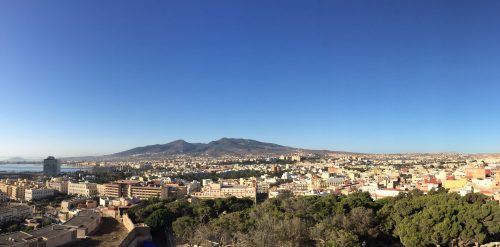
Spain, however, always seems to rise to the top; I love the Costa Brava, although I dislike most of the Costa del Sol immensely. I adore Madrid and Barcelona, and love exploring the green, northwest of the country. The arid plains and ancient towns of the Eastern province on Extremadura are intoxicating, as indeed is the extraordinary variety of wine available through out this remarkable country.
Two towns, however, have always stood out. Partly because of their deeply quirky nature, their geographic peculiarity and simply because they appear to make no sense.
Ceuta and Melilla lie on the Moroccan coast; they are, as is Gibraltar, historical anachronisms and military garrisons. They each have a population of about 90,000 and interact with their Moroccan neighbours is a curiously effective, if complex, way.
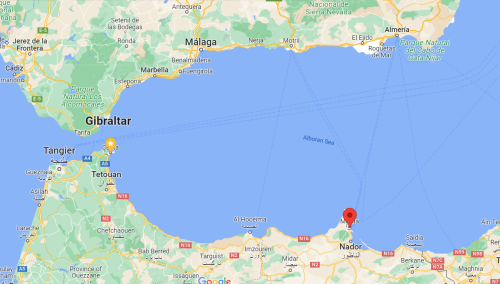
Ceuta
Ceuta is the more accessible. It is only an hour’s ferry ride from the southern Spanish port of Algeciras, and lies about an hours’ drive from Tangier.
It has been important for ever.
From the Phoenician times, access to the Mediterranean has been a military goal, and control of the Pillars of Hercules, the high lands on either side of the straits, a vital strategic ambition. As was the way of the world for many centuries, a succession of conquerors took Ceuta, with the latest switch being in 1668 when the Spanish finally wrestled the city from Portuguese control.

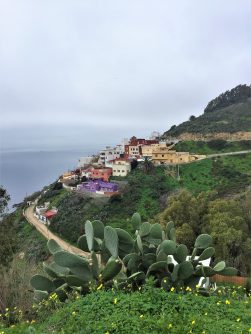
Since then, Spanish culture has firmly taken root, and for visitors, Ceuta is an intriguing glimpse into the close but intricate relationship that Iberia has had with Morocco for centuries.
Today, the city is most clearly a thriving entrepôt, with thousands of Moroccan women crossing daily to take advantage of Ceuta’s tax-free status. For visitors, it must be admitted, activity is limited; however, for simply wandering through the town, exploring the castle and wondering at the concept of 90,000 Spanish folks living in Morocco it takes some beating.
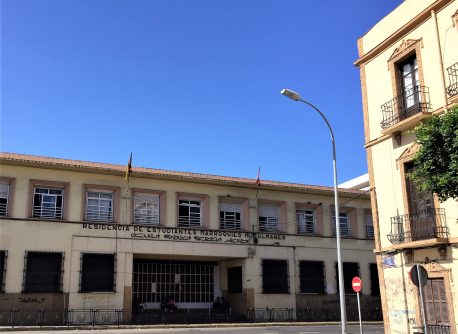
But it is beaten, I think, by Melilla.
Melilla
Lying some 400 kilometres southwest of Ceuta, Melilla is quite a different story. Primarily, of course, because of its distance from Spain and its position near the western edge of Morocco.
Melilla is slow; it is parochial and it is irritating. Nobody in their tourism office speaks English, which might appear to be a churlish observation, but does reflect the rarity and improbability of English-speaking assistance being required. Which was a pity, and it would have been helpful to me.
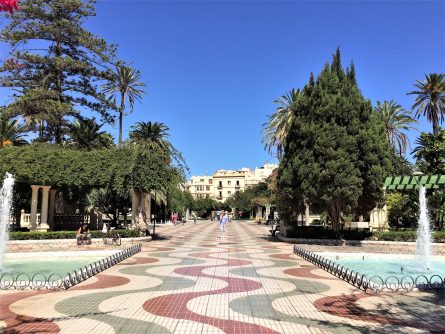
What was dramatic, however, was the architecture, and in particular the rich collection of Modernist buildings, liberally sprinkled through the city. Enrique Nieto, not really a household name but a fine architect, was an acolyte of Gaudi, and moved from Barcelona in 1909, making Melilla his home. His work, and this of his followers, is gorgeous, and adds to the stately feel of the city’s major boulevards and the old centre.

There are shops and restaurants that have operated for decades; little incursion by global brands and an generally comfortable feeling of having stepped back into a quieter and more peaceful era.
The local bus waddles around town, and for the single Euro that is demanded as a fare, one can see everything. From the Spanish Legion fort high above the town with their rather comically dressed soldiers, to the bustling markets of the border streets, Melilla is its own city. It is old and new, contemporary and historic, ordinary and curious, and quite fascinating.
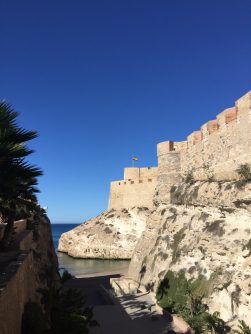
We will, I am sure travel again; and should your wanderings take you to Spain, a side trip for two or three days to one of Spain’s Moroccan “possessions” could prove to be a surprise highlight of the journey.
This article was first published by Respect News in Cold Lake, Alberta, Canada.
